
India’s natural diamond polishing industry is expected to see a 28-30% revenue fall to USD 12.5 billion in FY26 due to steep US tariffs.
US imposed an additional 25% tariff on Indian products this week, on top of the earlier 25% duty announced in April, penalising India for buying Russian oil.
Industry revenue stood at USD 16 billion in FY25 after a 40% decline over the past three fiscals due to weak demand and rising competition from lab-grown diamonds.
The 50% tariff makes exports difficult as low margins prevent absorbing the levy, while weak demand hinders passing the cost to consumers.
India's natural diamond polishing industry faces a 28-30% fall in revenues to USD 12.50 billion in this financial year as the steep 50% tariff imposed on Indian exports by the US kicks in, a report said on Thursday.
An additional 25% tariffs on Indian products entering the American market came to effect on Wednesday after the US administration's move to penalise India for purchasing Russian oil. This is on top of the 25% the reciprocal tariff imposed by US President Donald Trump in April.
During 2024-25, the revenue of the natural diamond polishing industry in India stood at around USD 16 billion, Crisil Ratings said in a report.
The blow will follow a 40% degrowth over the past three fiscals because of a fall in both prices and sales volume of natural diamonds as demand in the US and China dropped, and competition from lab-grown diamonds rose, it added.
Crisil Ratings said 50% tariffs, effective this week, makes exports to the US tough for two reasons - one, the industry's low margins make absorption of the incremental levy very difficult and two, declining demand means passing on the incremental burden to consumers will not be easy.
The consequent reduced operating leverage could erode the operating margin of diamond polishers by 50-100 basis points and pressurise their credit profiles, it stated.
The Indian polished diamond industry derives 80% of its revenues from exports while the US is a key market for India and accounted for as much as 35% of its exports.
Sales had begun getting impacted after a 10% tariff was imposed in April 2025, hence, the share of the US in India's polished natural diamonds slid 1100 basis points in the first four months of this fiscal to 24%.
But in a proactive move, diamond polishers had cranked up production in July and August to meet the anticipated festival demand in the US, which resulted in an 18% growth in exports in July year-on-year.
However, competition from lab-grown diamonds in markets such as the US, which has already captured 60% of the market share by volume, and the subdued Chinese demand will continue to dent revenues.
"The upshot is that revenues for the domestic industry, which polishes 95% of all diamonds produced in the world, is set to drop to its lowest since 2007. To be sure, consumption in India has been increasing sequentially over the years, but the incremental demand doesn't have the heft to fully offset the losses in the US and China. Additionally, while the UAE has emerged as a dominant hub for India's exports with its share doubling to 20%, on year, the risks of a substantial downturn in revenues are high," Crisil Ratings Senior Director Rahul Guha said.
The industry's ability to navigate the market dynamics, including tariffs, is crucial to its future. Diamond polishers can take three steps: increase domestic sales; push sales in alternative geographies; and set up polishing facilities in trading hubs as rerouting via low-tariff nations is not an option. Even if retailers explore alternative sourcing options in lower-tariff countries such as the UAE or Belgium, a significant portion of the diamonds would still be polished in India and thus subject to higher tariff.
And given the falling demand, the US retailers are unlikely to absorb the tariff cost.
Hence, Crisil Ratings said operating margins of diamond polishers would decline to 3.5-4.0% after dropping 100 bps in the past three fiscals from a peak of 5.5% in fiscal 2023.
Diamond polishers are expected to keep a lean inventory to control debt.
Mine% have cut production to limit the fall in prices, in line with subdued demand, it added.
"While limited reliance on external debt has helped diamond polishers maintain a stable capital structure, declining scale of operations and pressure on profitability will likely test their credit risk profiles.
Specifically, while the financial leverage is expected to be relatively stable at 0.7-0.8 times, the interest coverage could decline to 2 times from 2.3-2.5 times last fiscal," Crisil Ratings Director Himank Sharma said.
In the road ahead, demand for natural diamonds in key markets will need close monitoring, given the tariff landscape and geopolitical uncertainties.





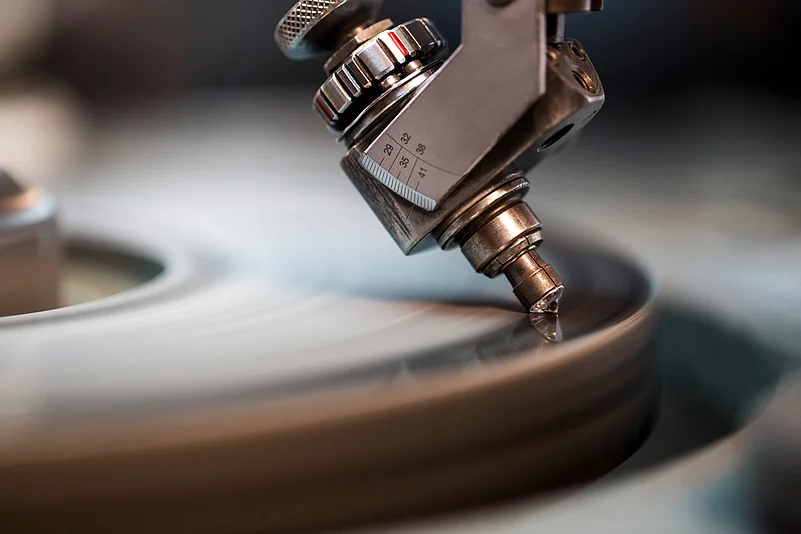
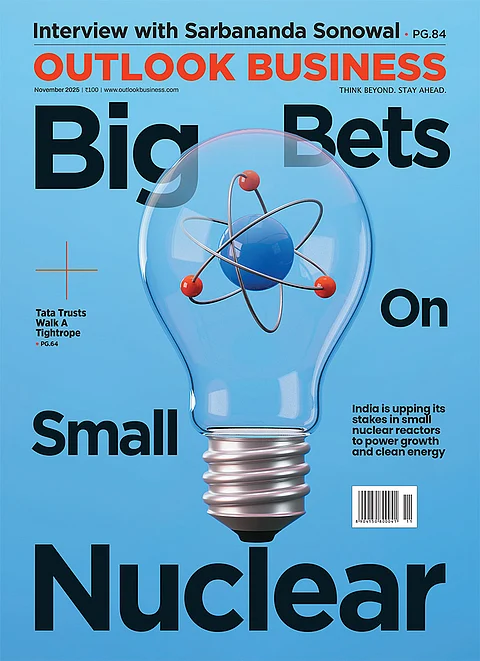


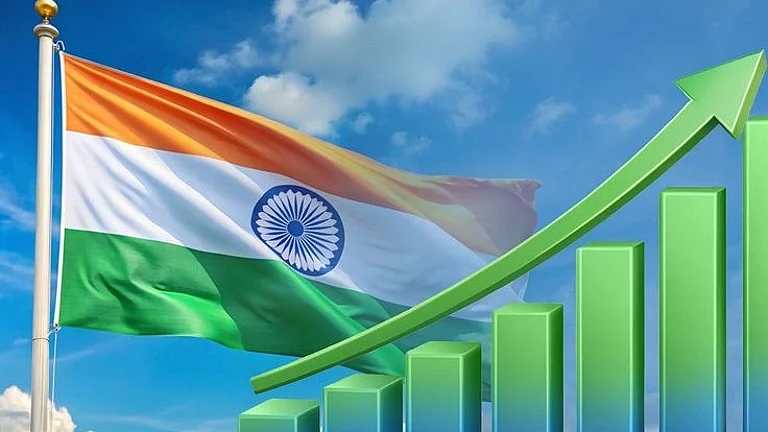
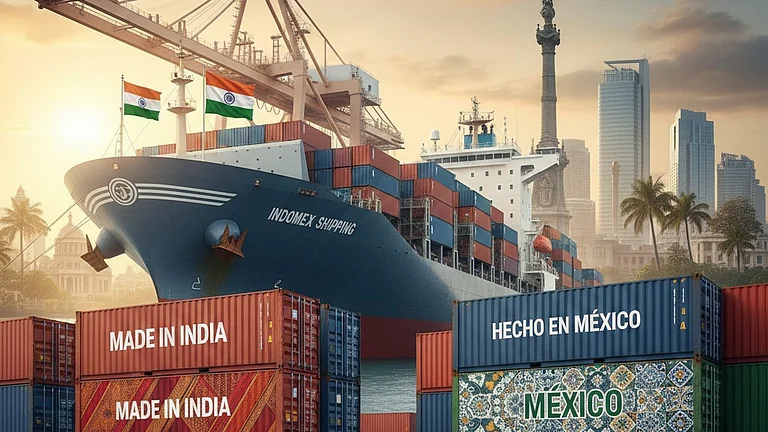




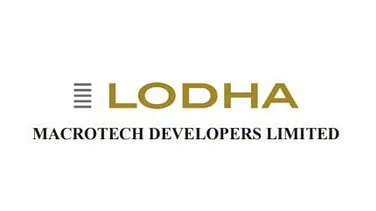










.jpg?w=200&auto=format%2Ccompress&fit=max)


